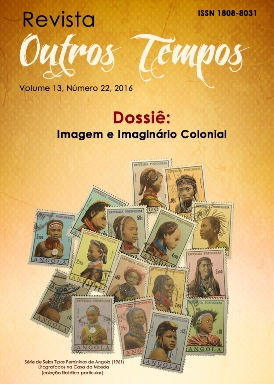VISIBILITY AND INVISIBILITY OF CINEMAS IN COLONIAL AFRICA: reviving the first scenes
DOI:
https://doi.org/10.18817/ot.v13i22.548Keywords:
Cinema. Colonialismo. áfrica.Abstract
Abstract: The cinema had its peak during the 1950s-1970s, but what do we know about the modalities of its diffusion from the beginning of the twentieth century? This paper analyses the success of cinema, a pastime which followed European colonization, through various sources: travellers’ accounts, newspapers, memoirs and recollections of audience members. Entrepreneurs, African or European, played a powerful role as conveyors of modernity by circulating moving images. They were photographers, engineers and merchants. At first, movie shows were sporadic events, taking place in compound yards or hotels; they gradually found permanent locations. While mobile shows sometimes animated village squares, cinemas were built in the main cities. The colonial administration focused its attention on them. But the main model between the two World Wars remained the open-air cinema, protected only at the rear by an awning. This differentiation of spaces was accompanied for the same process for the spectators. The poorest, mainly Africans, were located at the front. Therefore, atmosphere and audience experiences differed greatly. The Audience behavior at open-air shows, where Westerns and action movies dominated, contrasted with more polite behavior in downtown theaters.
Keywords: Cinema. Colonialism. Africa.
Downloads
Downloads
Published
How to Cite
Issue
Section
License

Outros Tempos - Pesquisa em foco - História de http://www.outrostempos.uema.br/site/ é licenciado sob uma Licença Creative Commons Atribuição-NãoComercial-SemDerivados 3.0 Brasil.






